5 Important Facts to Know Before Getting a Daith Piercing
If you're considering getting a daith piercing but want to know more information before committing, this article is for you. Here are five important facts you need to know about date piercings:
Location: The location of the daith piercing is in the center of the ear, tucked away underneath your rook or behind your tragus piercing.
Jewelry: It's important to choose high-quality jewelry made of appropriate materials for your piercing to ensure it heals properly and is safe for you. Options include a 14 carat gold front crystal clicker or a titanium front crystal clicker.
Things to be careful of: Be cautious of touching or playing with your piercing, sleeping on it, wearing headphones, and submerging it in water (like swimming or showering). Excessive bacteria can cause irritations, inflammation, and even infections. It takes about three to four weeks for you to be able to dive in any kind of submerged water after getting a date piercing.
Healing time: Generally, all piercings take six to nine months (or longer) to heal. Be patient, especially with date piercings, as they are in a thicker cartilage area and may take longer to heal.
Aftercare: Proper aftercare is crucial for the healing process. Clean your piercing regularly with saline solution or a soap specifically designed for piercings, and avoid using alcohol or peroxide. Avoid headwear that may irritate the piercing, and avoid changing your jewelry too soon.
By following these tips, you can ensure a successful and healthy daith piercing experience.
Ready to get your Daith piercing? Book an appointment with our professional piercer at Lulus to ensure a safe and successful experience.
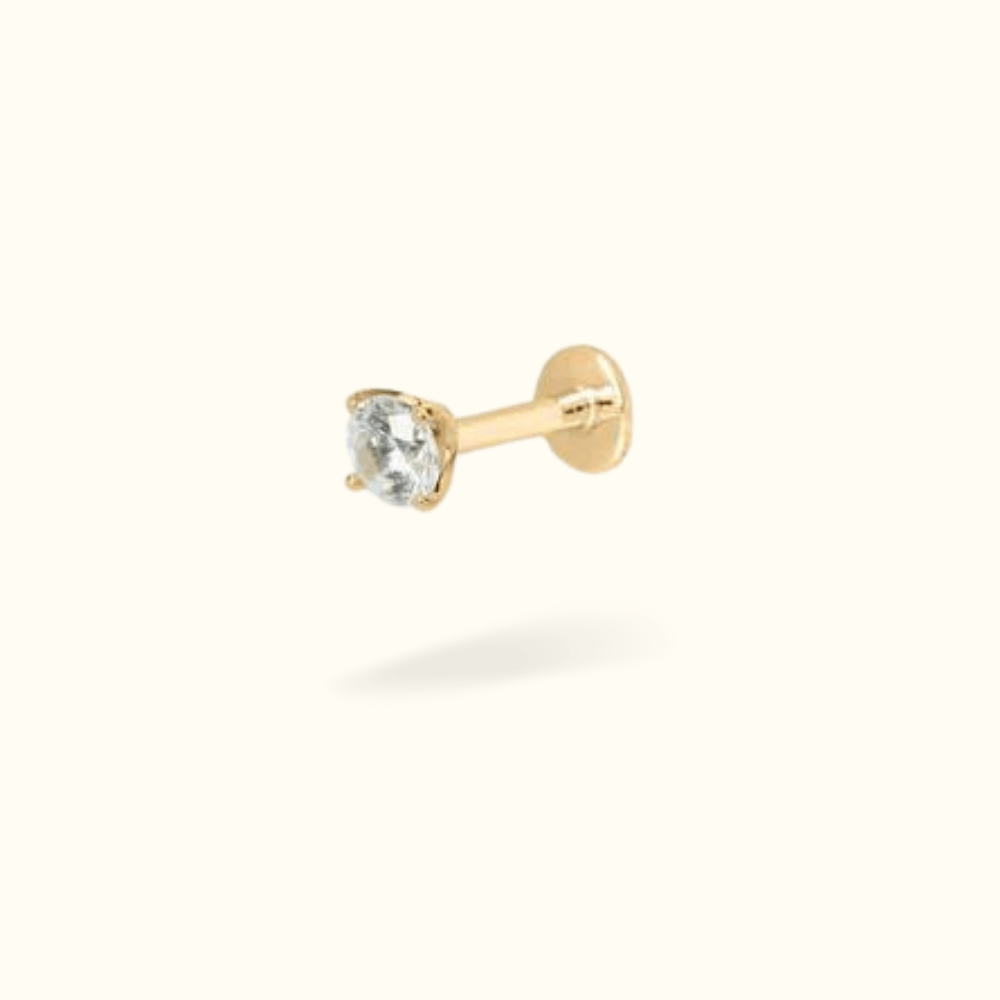
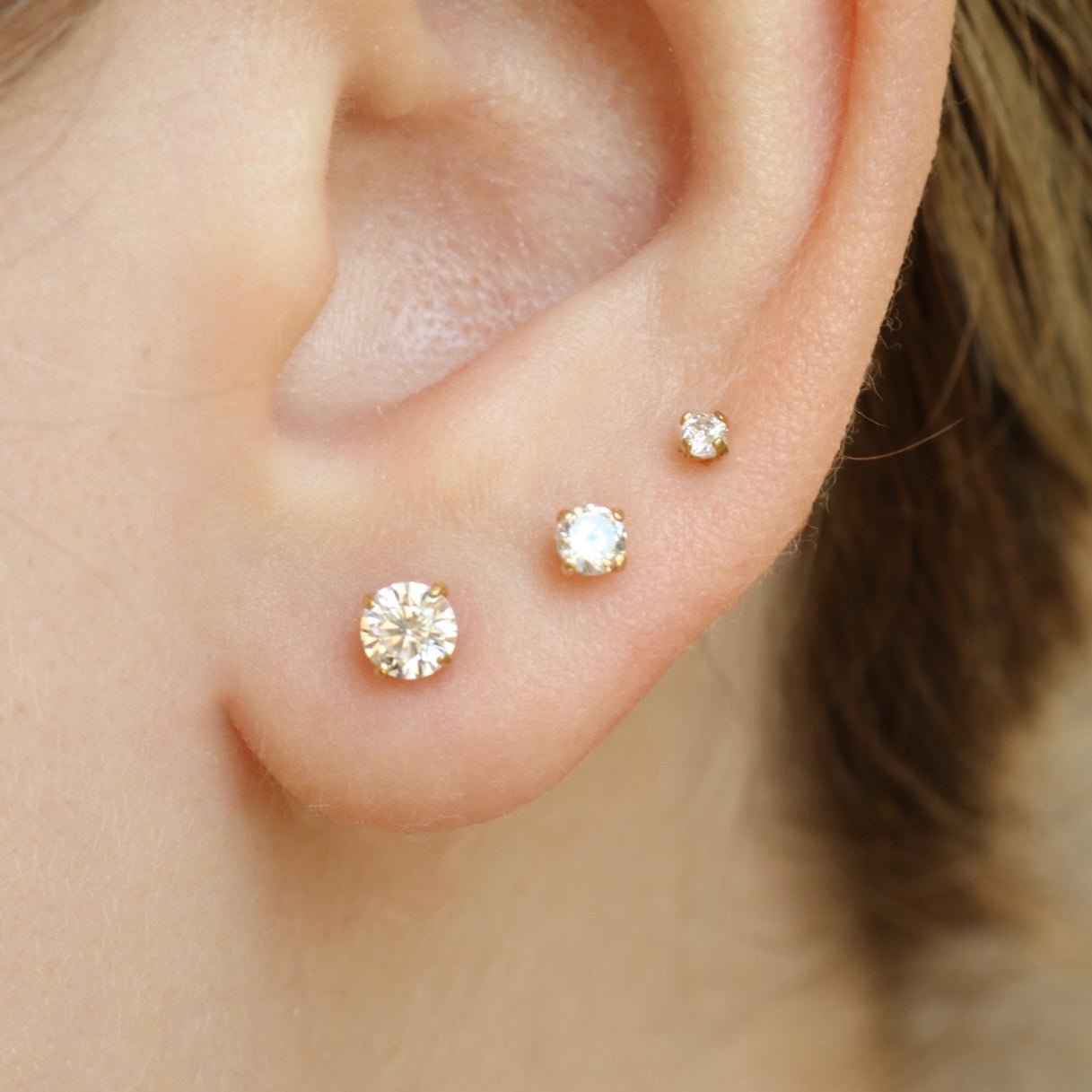
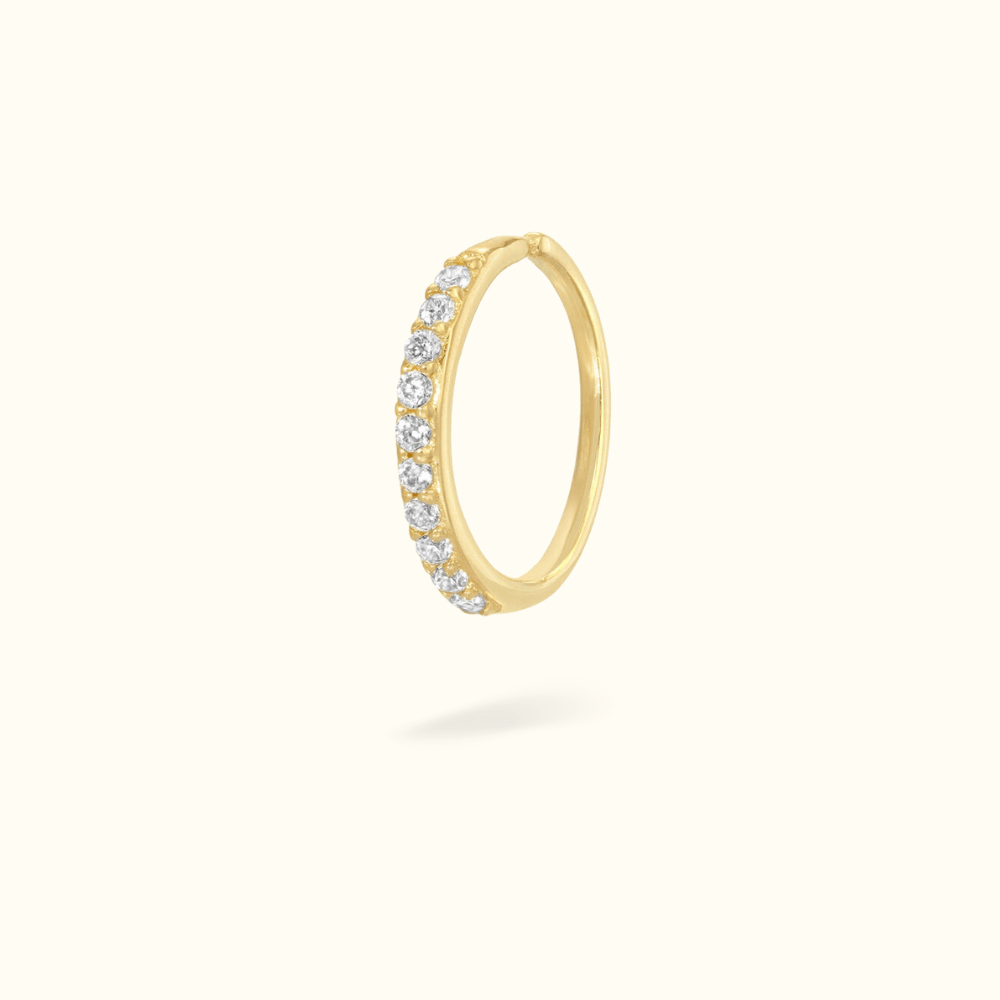
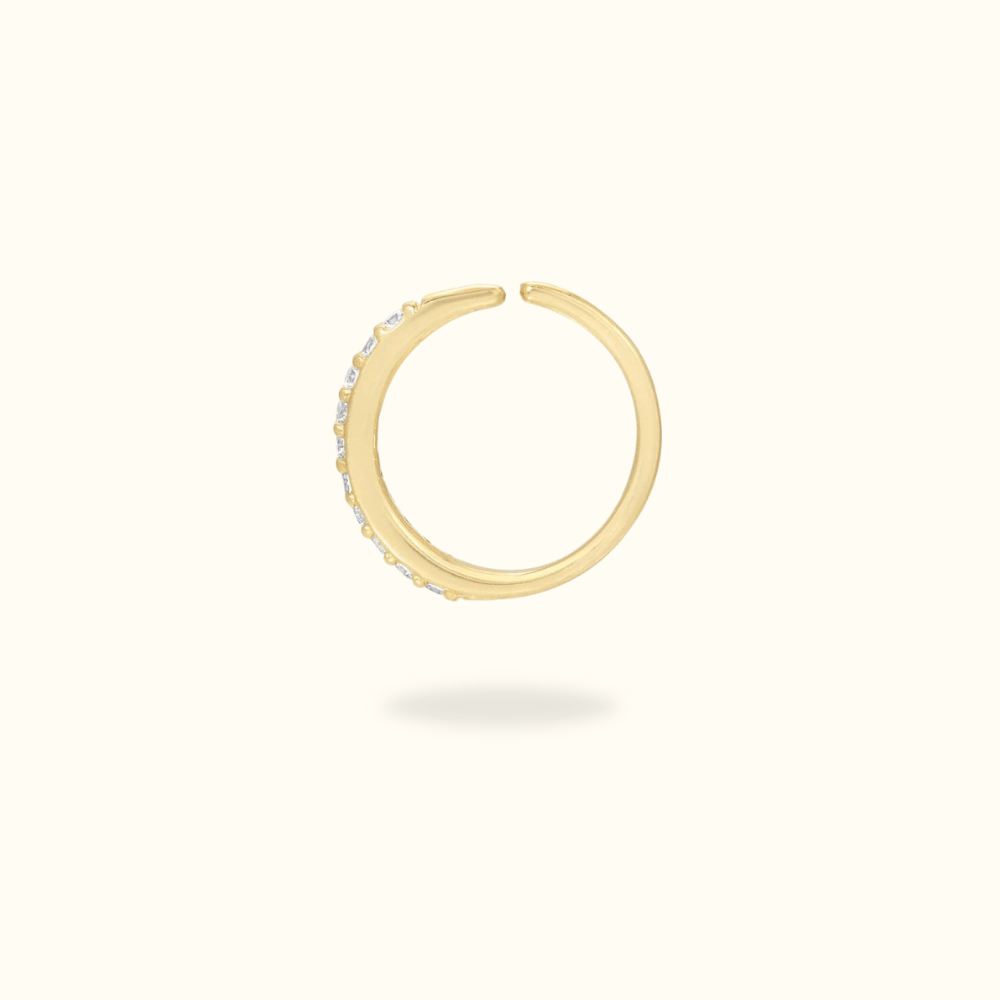


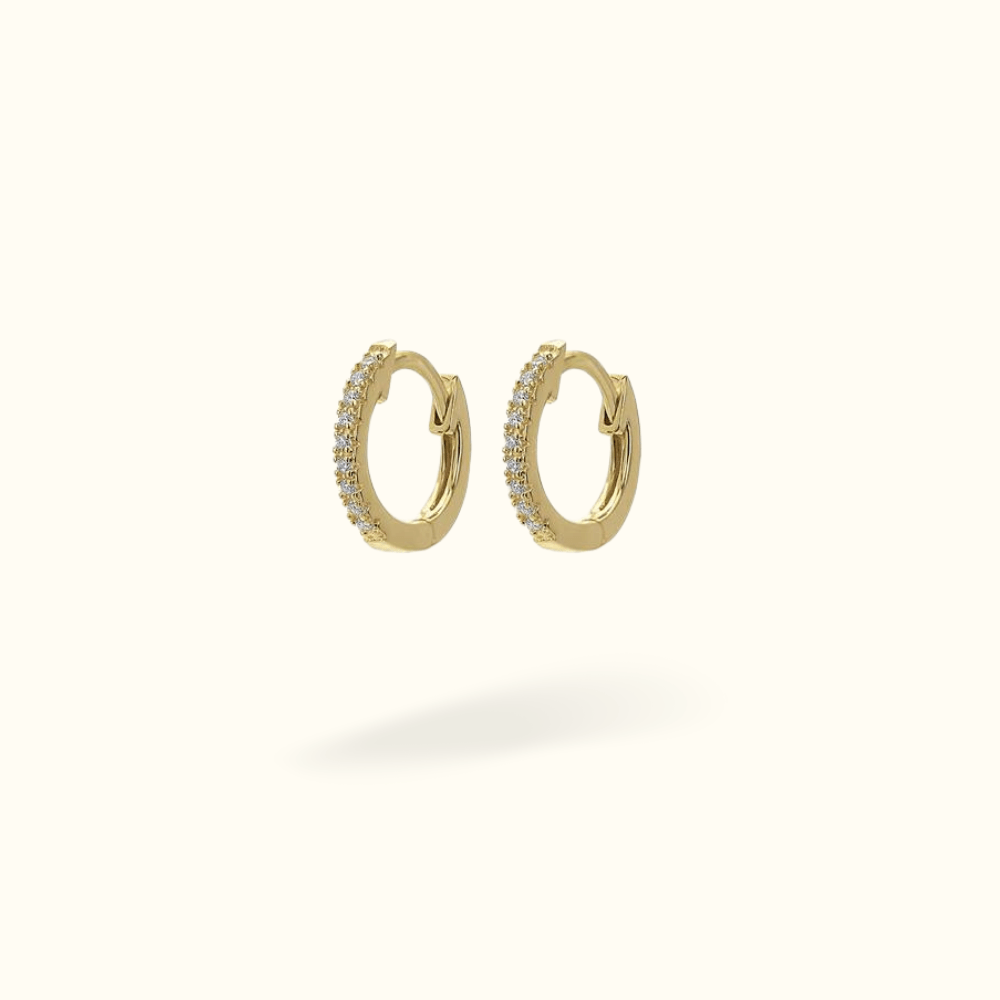
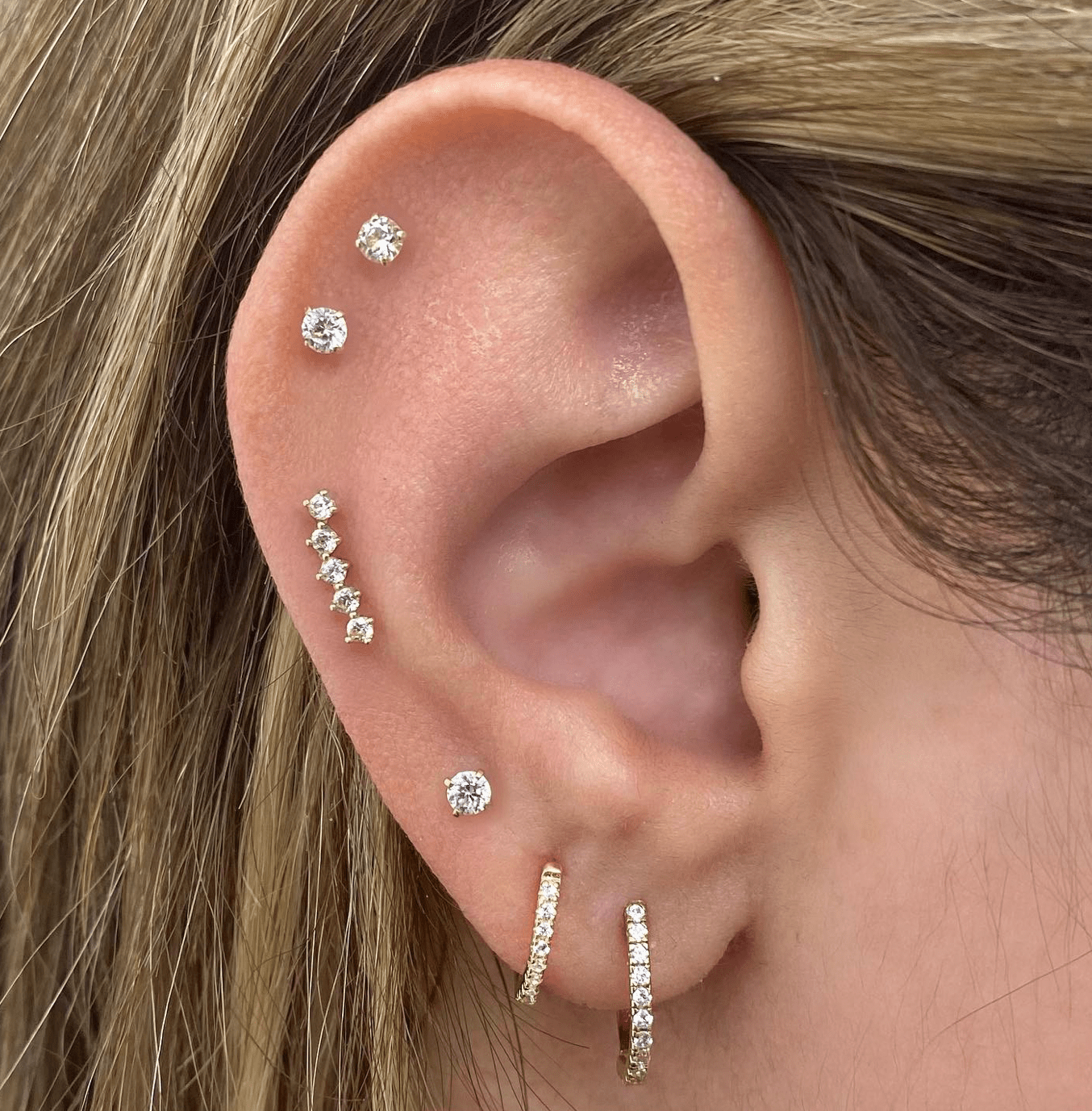

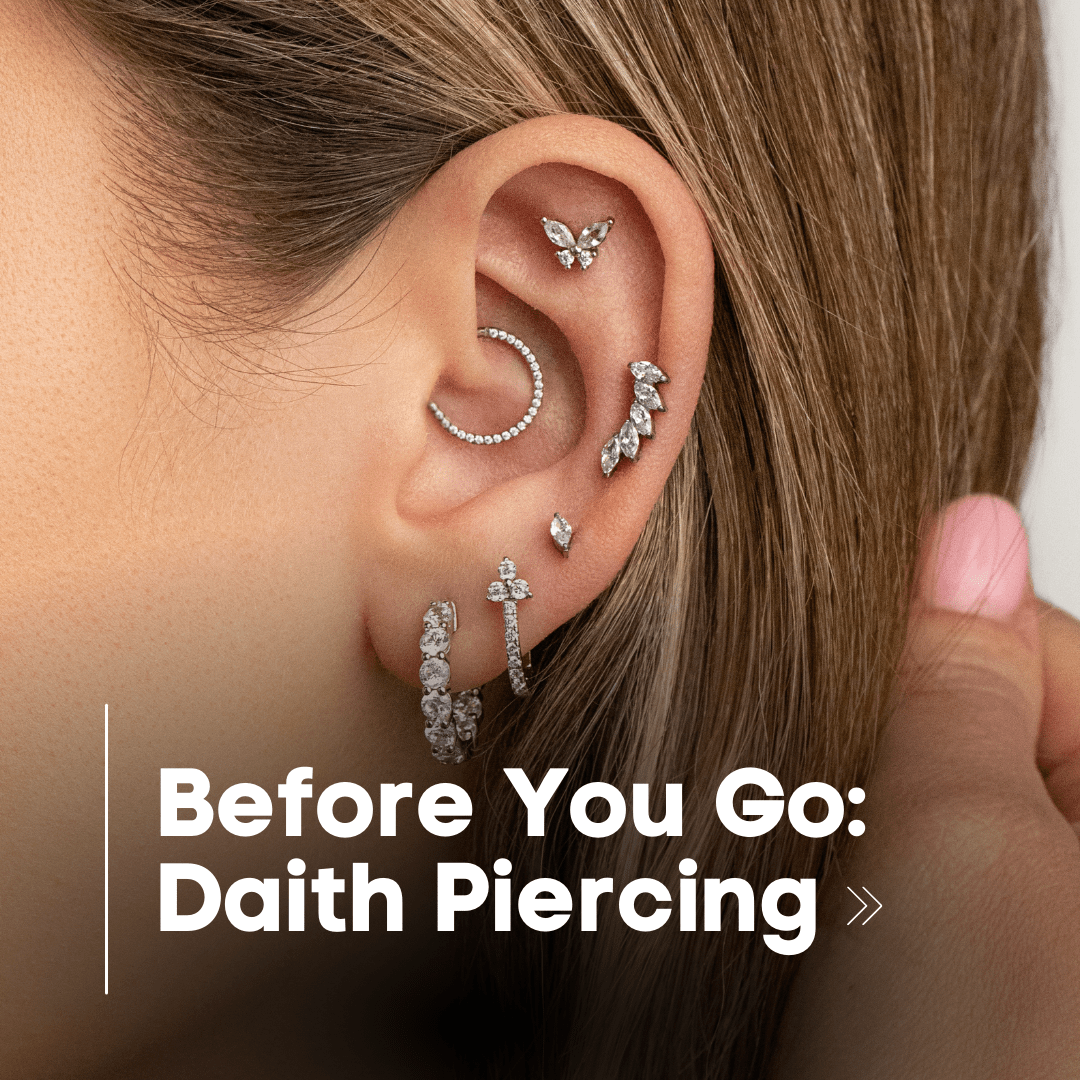
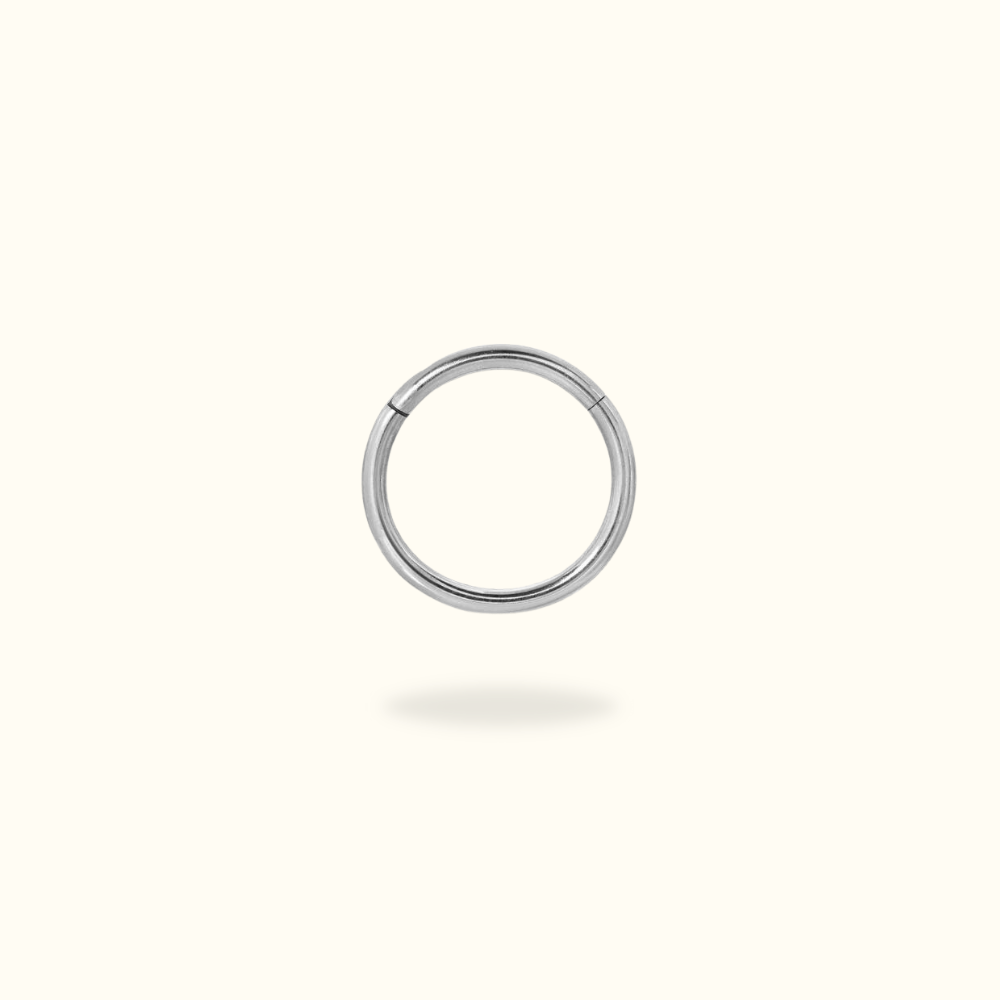
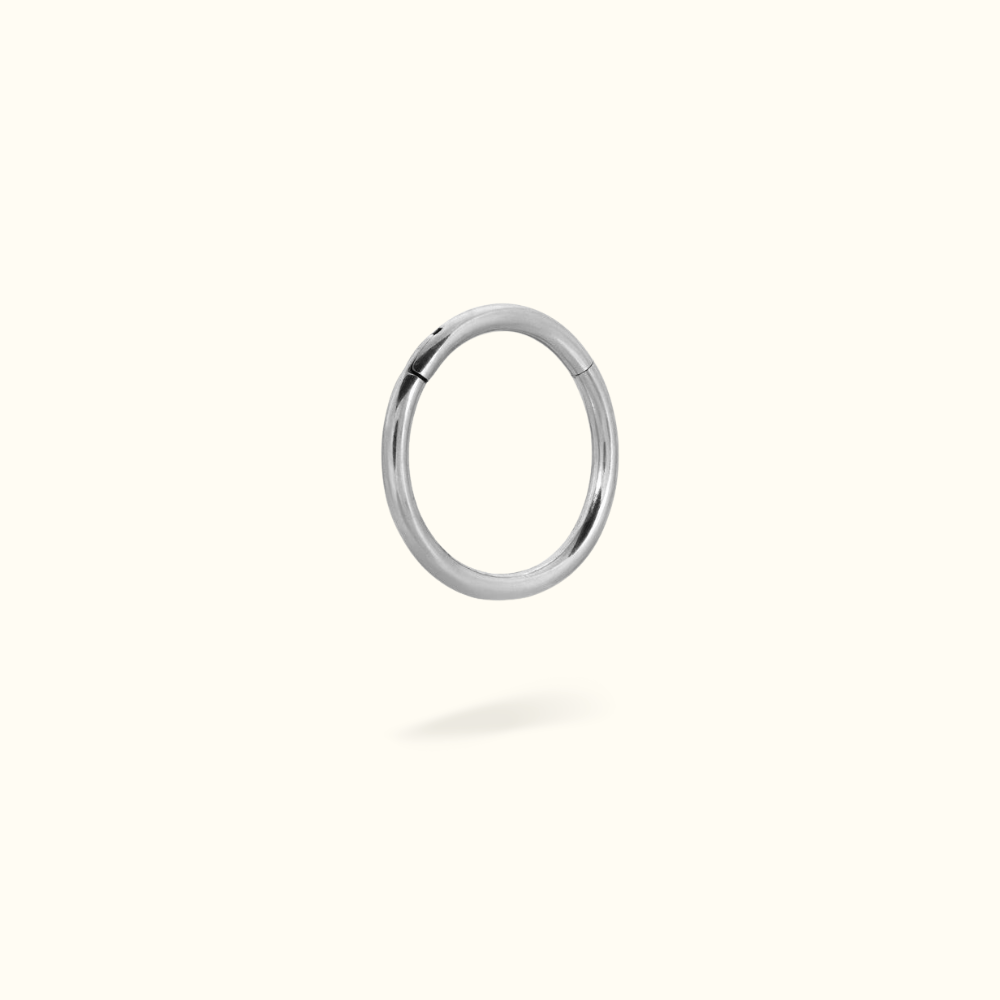
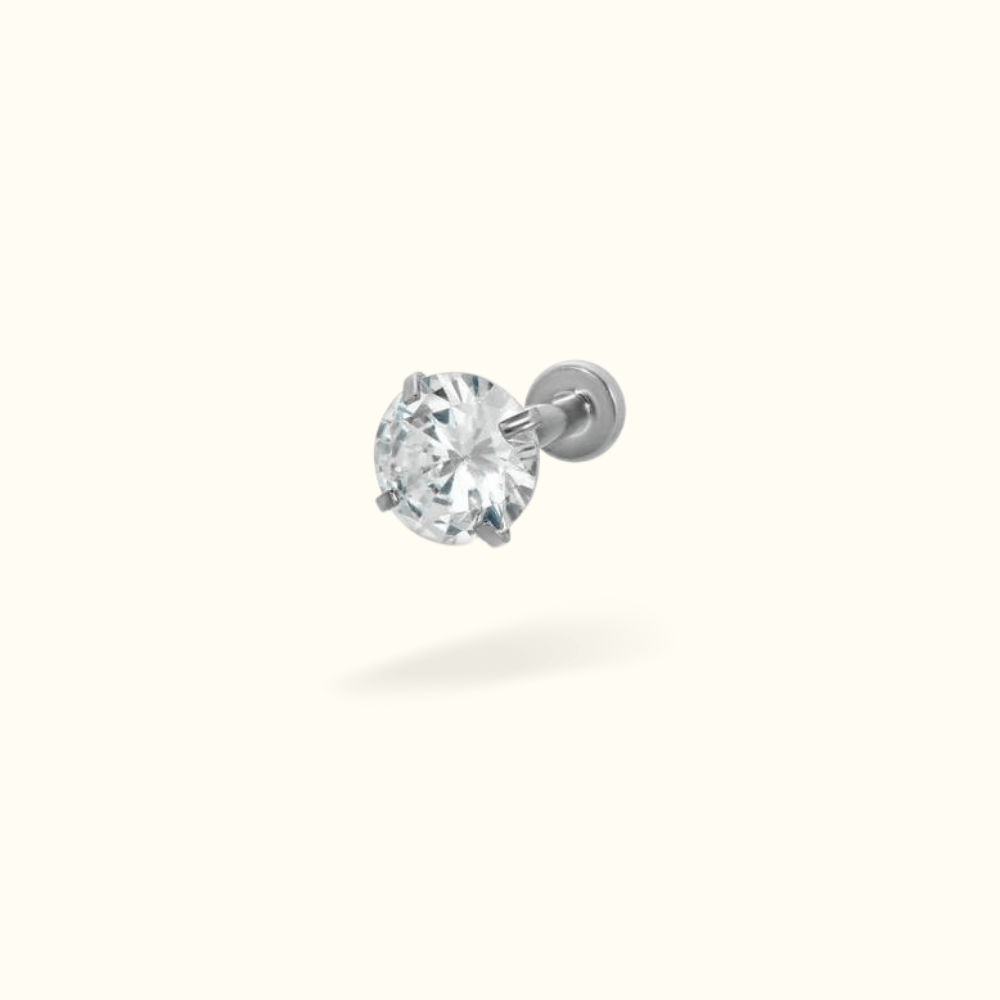
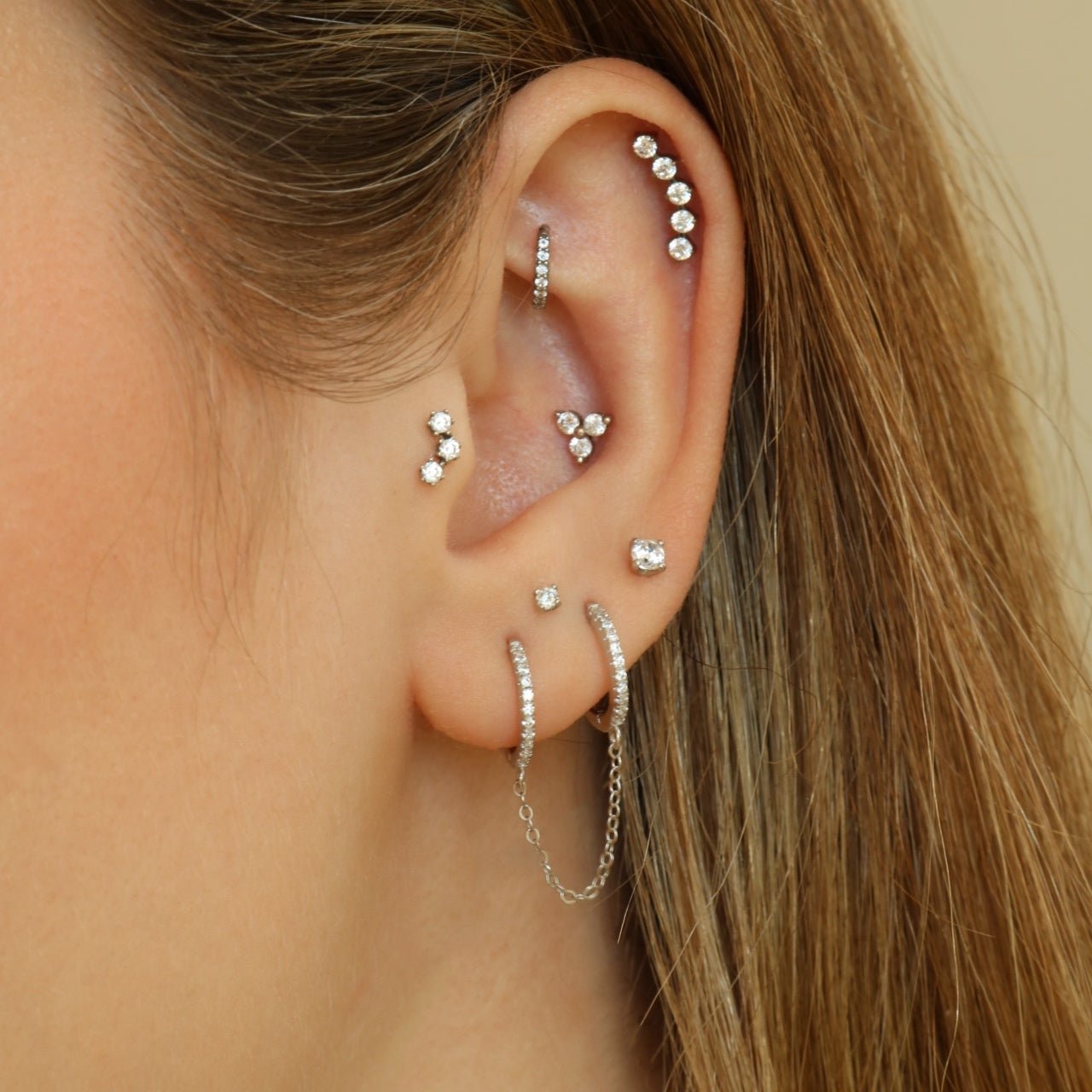
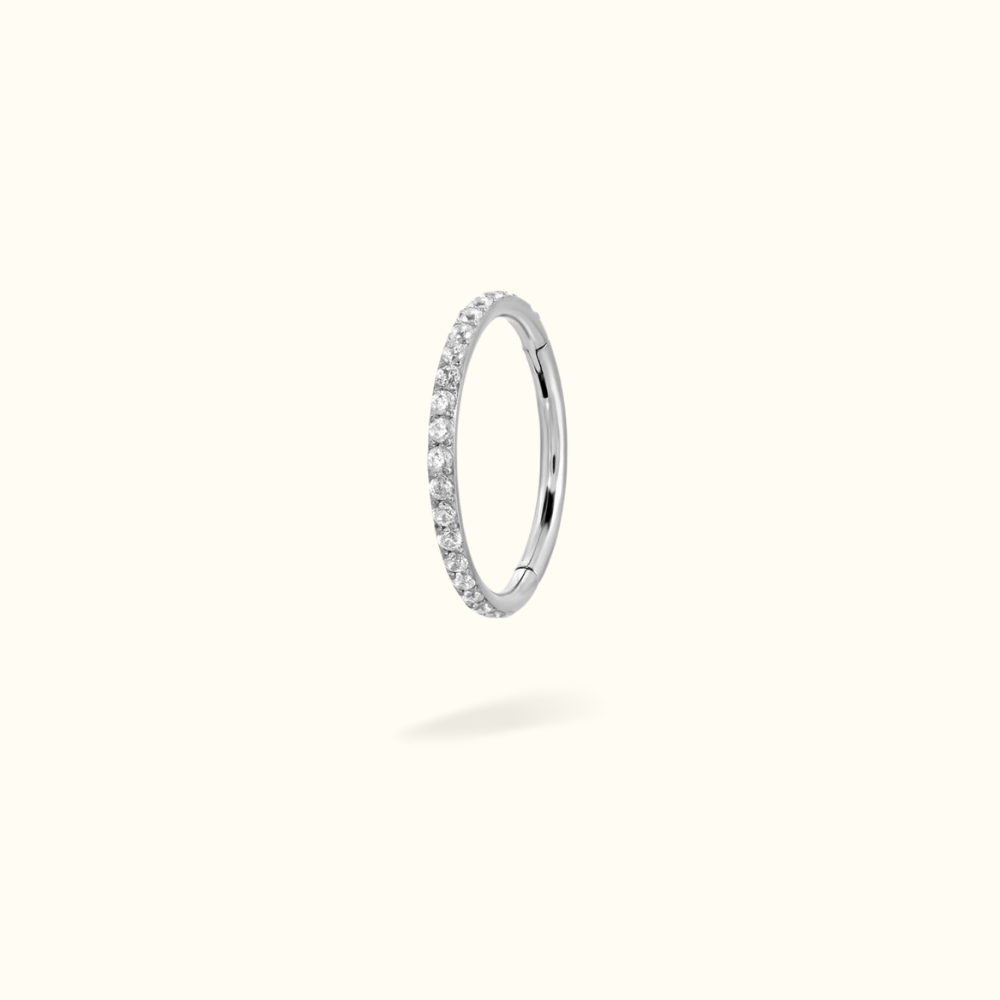
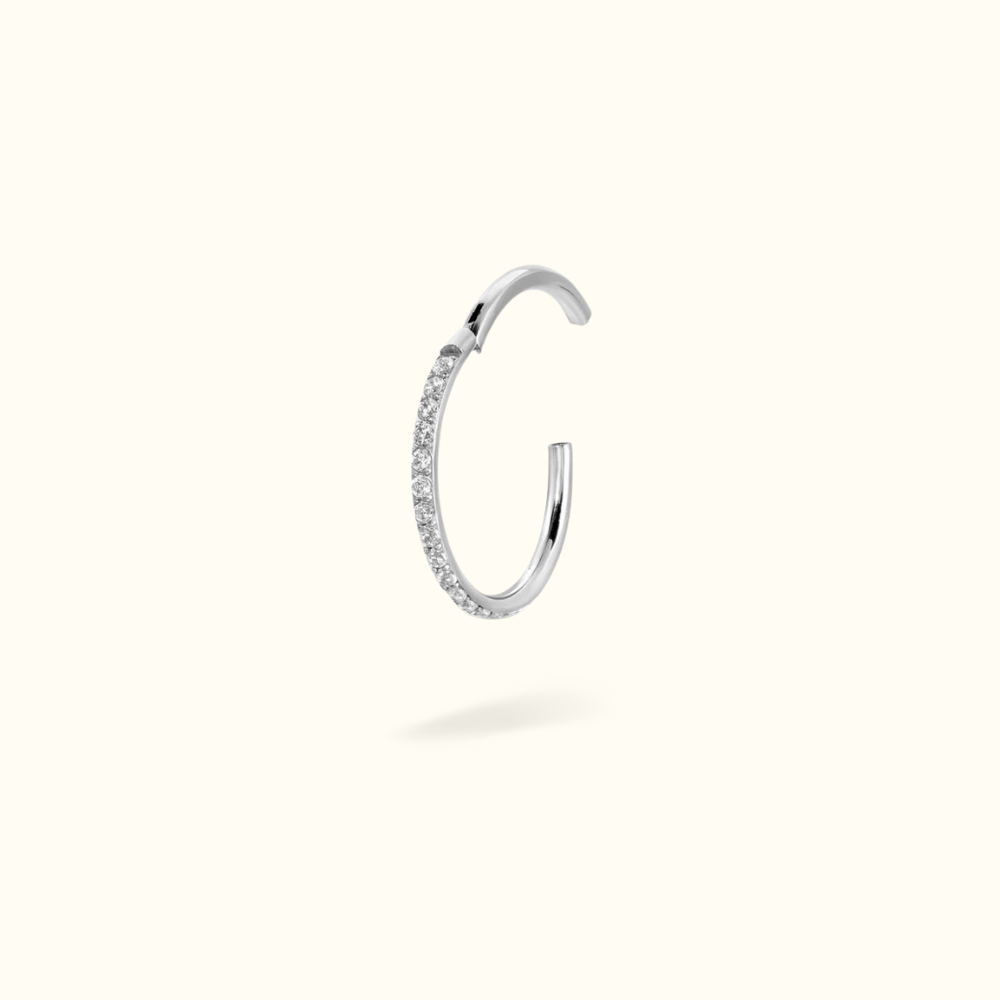

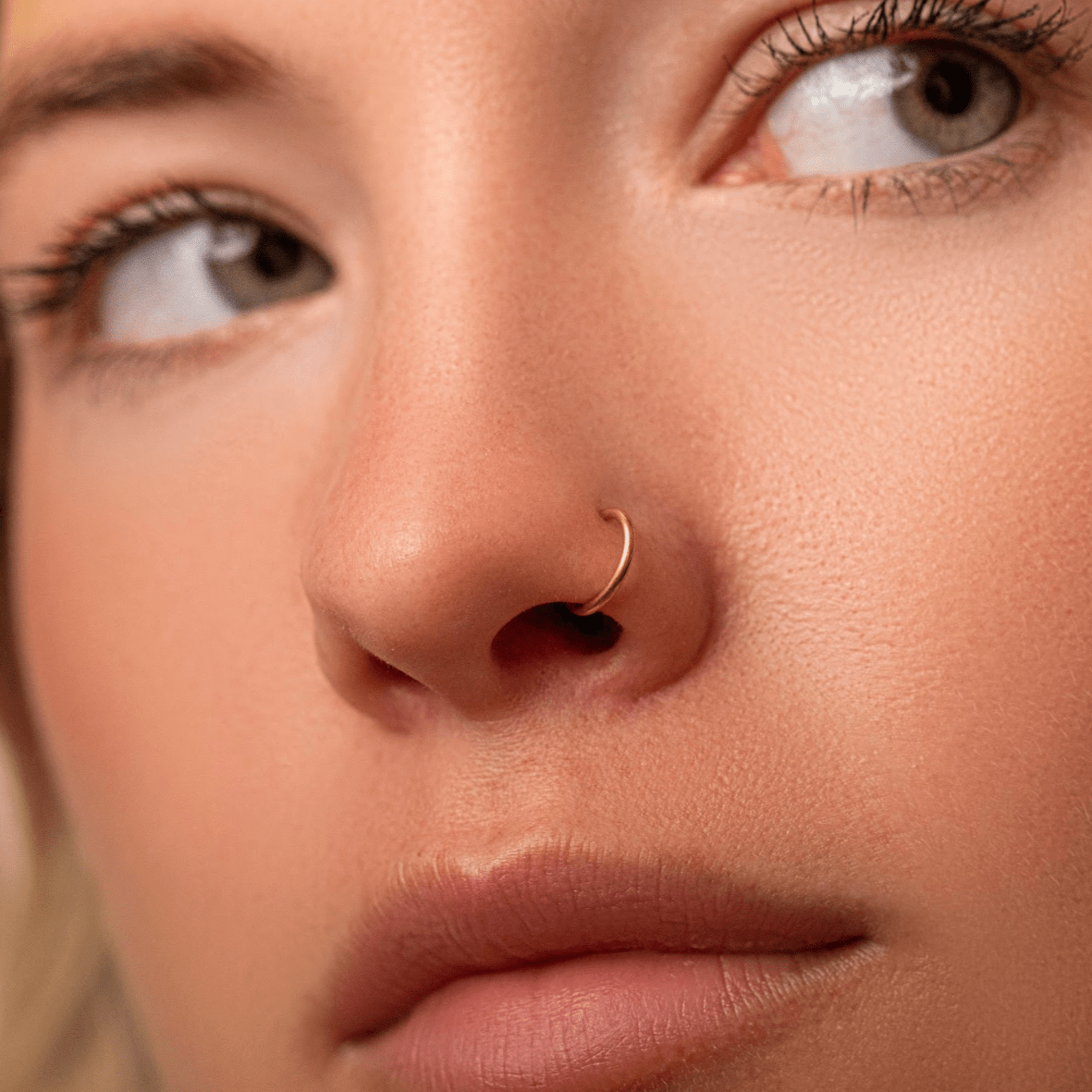
Leave a comment